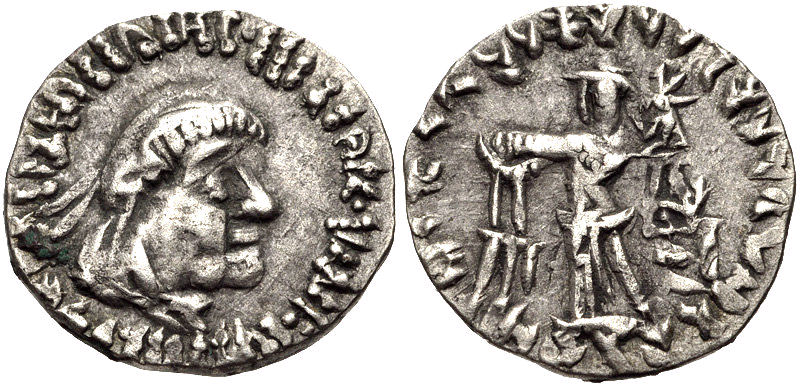The death of Cleopatra on 12 August 30 BC is something that we in the west understandably see in a western context: end of Hellenistic Age, rise of Rome, and so on.
But the queen’s death did not quite mark the very end of the Hellenistic Age. Two thousand years later, as the Middle East continues with its struggles and India consolidates its status as a superpower, it is worth remembering the extent of the Hellenistic Age not in the west but in the east.
Cleopatra was the direct descendant of Ptolemy, Alexander’s boon companion and later the first Greek pharaoh of Alexander’s conquered Egypt.
Another of Alexander’s generals founded the Seleucid Empire, from which the Greco-Bactrian Kingdom emerged, from which the Euthydemian or Indo-Greek Kingdom emerged. The last comprised much of Afghanistan and the Punjab region. It was this and not the kingdom of Cleopatra that was the last Hellenistic kingdom to pass, in 10CE.
Part of the thing that makes the different parts of Europe Europe is the intermarriage of ruling families, not simply since the time of Queen Victoria but for many centuries. We don’t know enough about the Hellenistic kingdoms to press the same point.
That said, there was the reach of language. Ptolemy was known, like many Hellenistic rulers, as Soter, or Saviour, while Cleopatra was formally Cleopatra VII Philopator, or Father-lover. The last kings of the Indo-Greek kingdom were the father-and-son Strato II Soter and Strato III Philopator.
